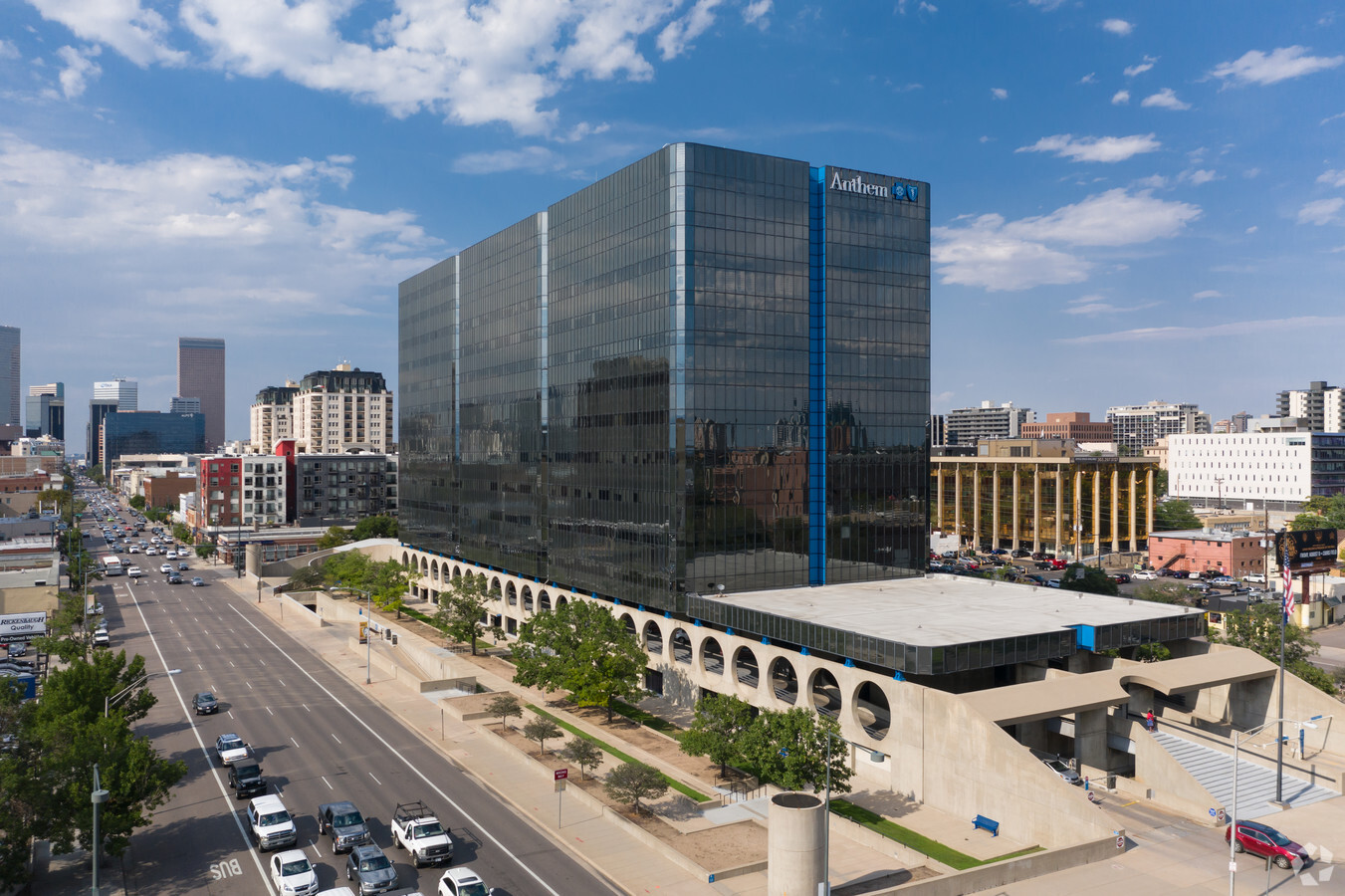Let’s get one thing out of the way quickly before we dive into this topic: it’s impossible to please every person with the temperature in an office environment. Due to biological factors such as body size, gender, age, metabolic rate, and more, people perceive temperature differently. However, research has shown that the temperature of office environments does have an impact on employee productivity and performance.
The Ideal Office Temperature: A Brief History
In 1966, the American Society of Heating, Refrigerating, and Air-Conditioning Engineers (ASHRAE) created Standard 55: a system that helped determine the ideal temperature for indoor environments. The Standard 55 calculation for office settings yielded an ideal temperature of between 70 and 73 degrees Fahrenheit.
A lot has changed in workplaces since 1966. The original calculation according to Standard 55 was done for a 40-year-old male weighing 154 pounds and wearing a business suit and tie. Today, with gender diversity in workplaces and businesses adopting increasingly casual dress codes, this old standard leaves many office employees shivering or pulling on a Snuggie just to get through the day.
Why Thermal Comfort Matters
New research demonstrates a business case for increasing office temperatures. Cornell University conducted a study that concluded that chilly office employees make more errors, causing their hourly labor cost to rise as much as 10 percent.
The study also found that the number of typing errors fell and typing output increased dramatically when the temperature was raised from 68 to 77 degrees Fahrenheit.
Other Factors to Consider
In addition to your HVAC system, the configuration and design of your building affect its temperature. Large windows that let in natural light can raise the temperature of the environment. In addition, areas with high ceilings require more airflow to regulate the temperature in the space.
Humidity also plays a role in how building occupants perceive temperature. Customers located near our St. Louis headquarters will be familiar with the phrase, “It’s not the heat, it’s the humidity.” This adage is true inside buildings, too. The more humid the environment, the warmer the room tends to feel. High humidity (levels over 60 percent) can cause office employees to feel fatigued, while low humidity (levels under 20 percent) has a chilling effect on the space. Dry air can also have a negative effect on the environment since it can aggravate respiratory conditions and other maladies such as dry skin.
Take Control of Your Environment
While we can’t make all the occupants in your building agree on their preferred temperature, there is something that we can do to help. A modern building automation system (BAS) can be programmed to automatically regulate the agreed-upon temperature in the various zones of your building. A BAS puts you in control of your energy usage and the comfort of your building occupants, alerting you to any potential issues often before anyone can pick up the phone to make a comfort complaint.
Interested in learning more about how a BAS can help your occupants stop waging the war over the thermostat? Connect with an Automatic Controls representative today to learn more!









